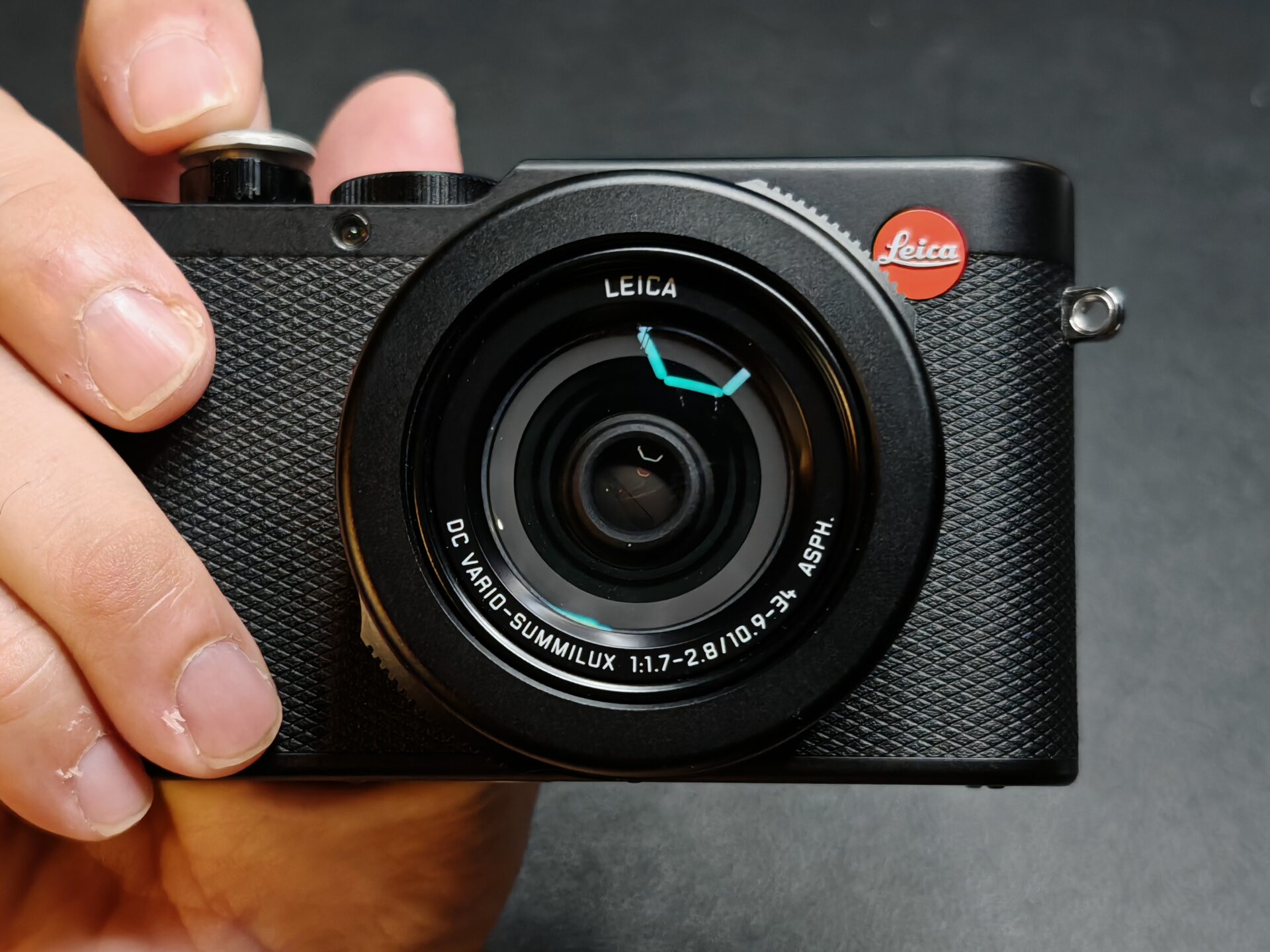
When it comes to everyday snapshots, it’s easy to reach for your smartphone today, especially with its AI smarts and improved optics. That said, compact cameras such as the Leica D-Lux 8 still have their place, especially if you value image quality.
The new camera from the renowned German company is what you might call luxury for the masses. At S$2,450, it is not a cheap bargain but the D-Lux 8 is still a relatively more affordable option for those seeking Leica’s much-loved build quality and image excellence.
The new camera retains much of its earlier Lux-7’s ergonomics, which can be a mixed bag. For example, because of the compactness of the 397g camera, its buttons can be small for large hands. Fortunately, the on-screen interface makes it easy to change settings.
On the flip side, there are useful improvements, such as the inclusion of a shutter button screw that accommodates a soft-shutter release knob. This makes it easier to shutter the camera, making it perfect for street photography.
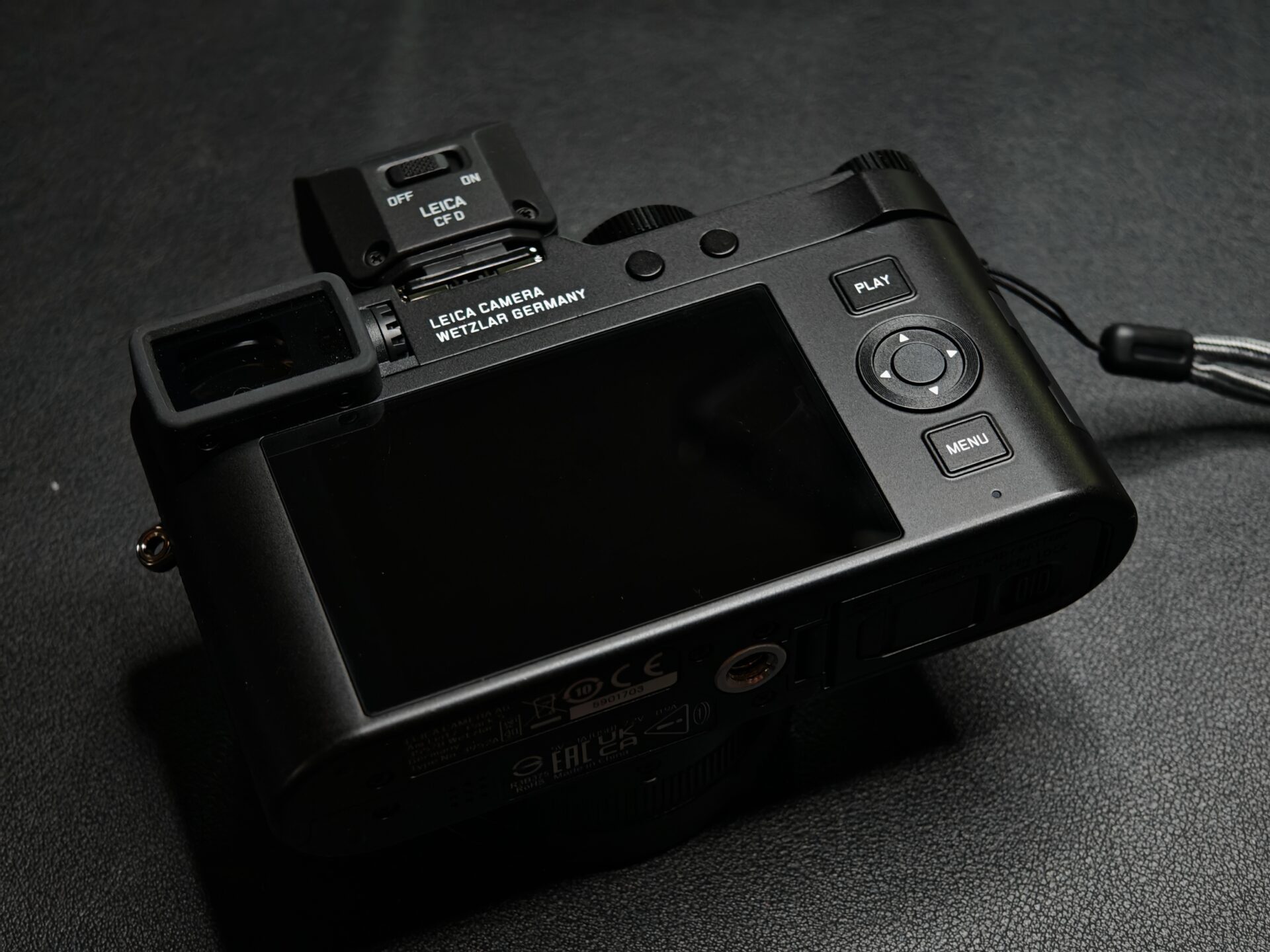
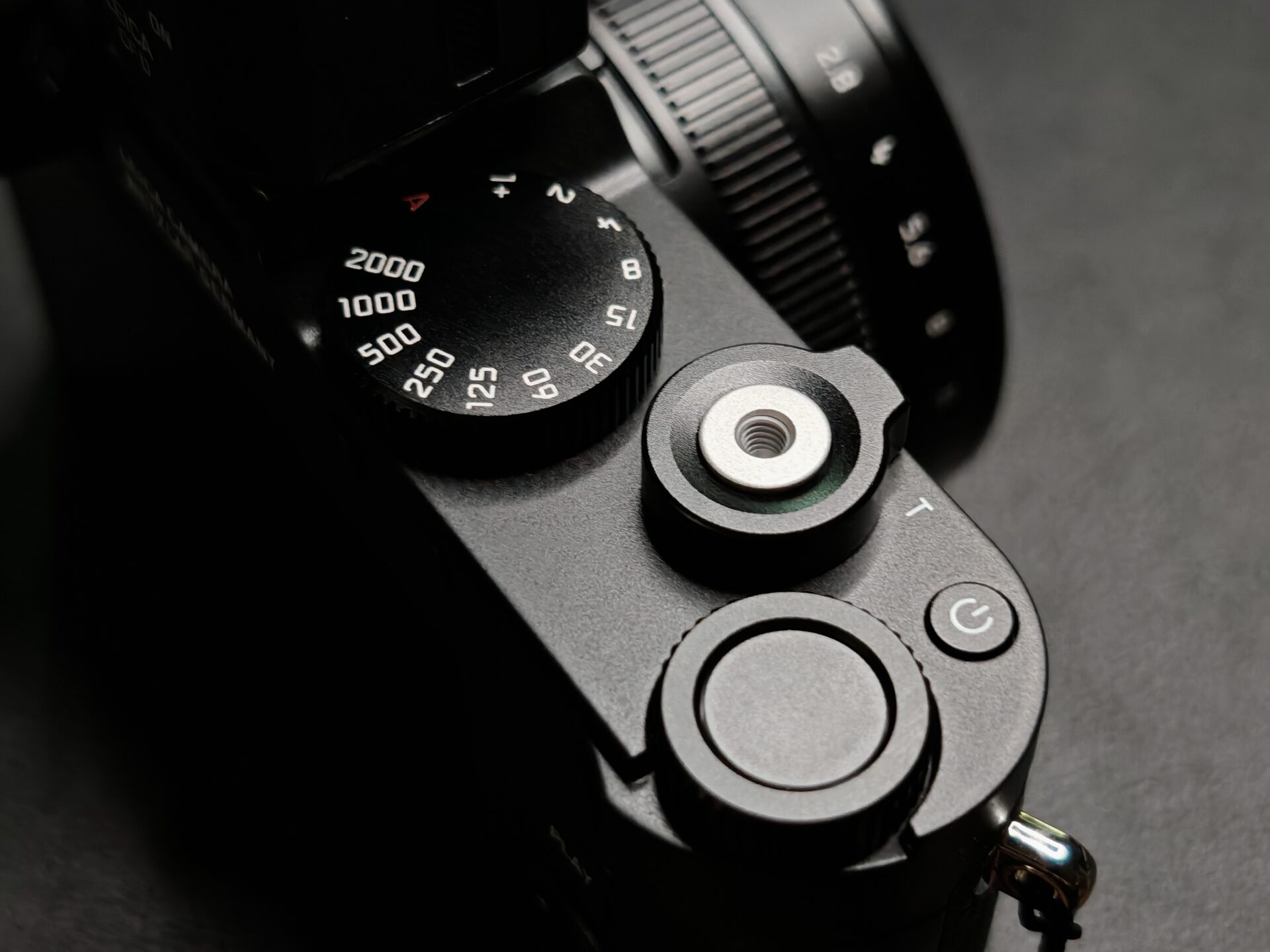
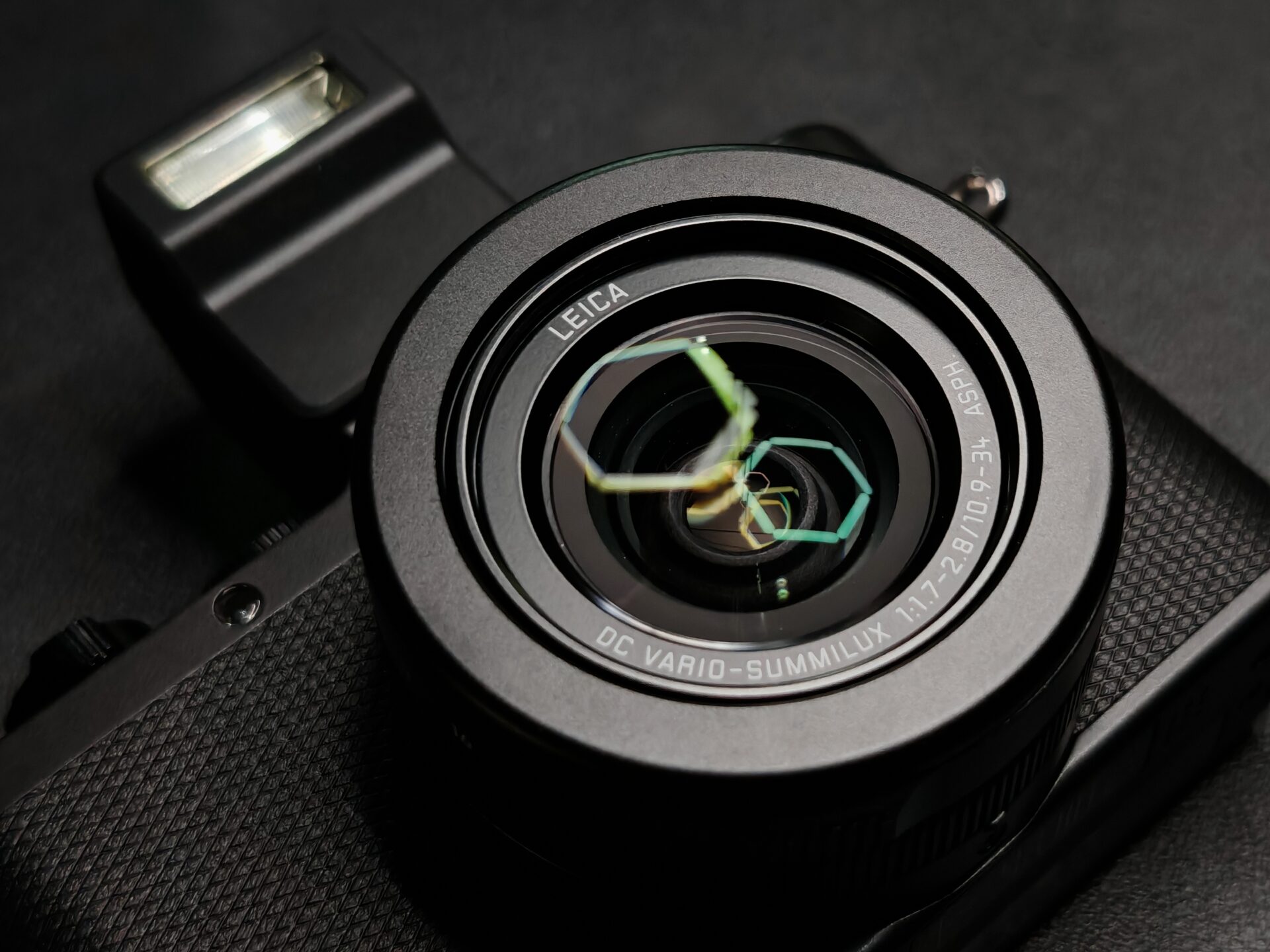
The highlight of the new camera is Leica’s new user interface, first introduced in the Leica SL-3 mirrorless camera launched earlier this year.
Some buttons, such as the camera-video mode toggle, effect filters, autofocus mode, exposure compensation, and bracketing, can be customised just by long-pressing the button.
This feature makes changing settings on the fly much easier. So, no more diving into the menu system and overcoming problems with the small buttons at the back of the camera.
I also like it that Leica has used the same physical interface used by Fujifilm’s X100 cameras. Setting the ISO, shutter speed dial and aperture ring to A or Auto mode sets the camera to Programmed Automatic or P mode, similar to most mirrorless and DSLR cameras.
Using the P mode makes it easier to shoot street scenes with complex lighting environments. It also frees users to concentrate on composition and focus on the subject.
I’d say the Leica D-Lux 8 focusing system feels as good as the earlier SL-3. The new camera quickly picks up subjects and maintains focus lock even as the subject moves. Eye detection is good, which is handy when you shoot portraits.
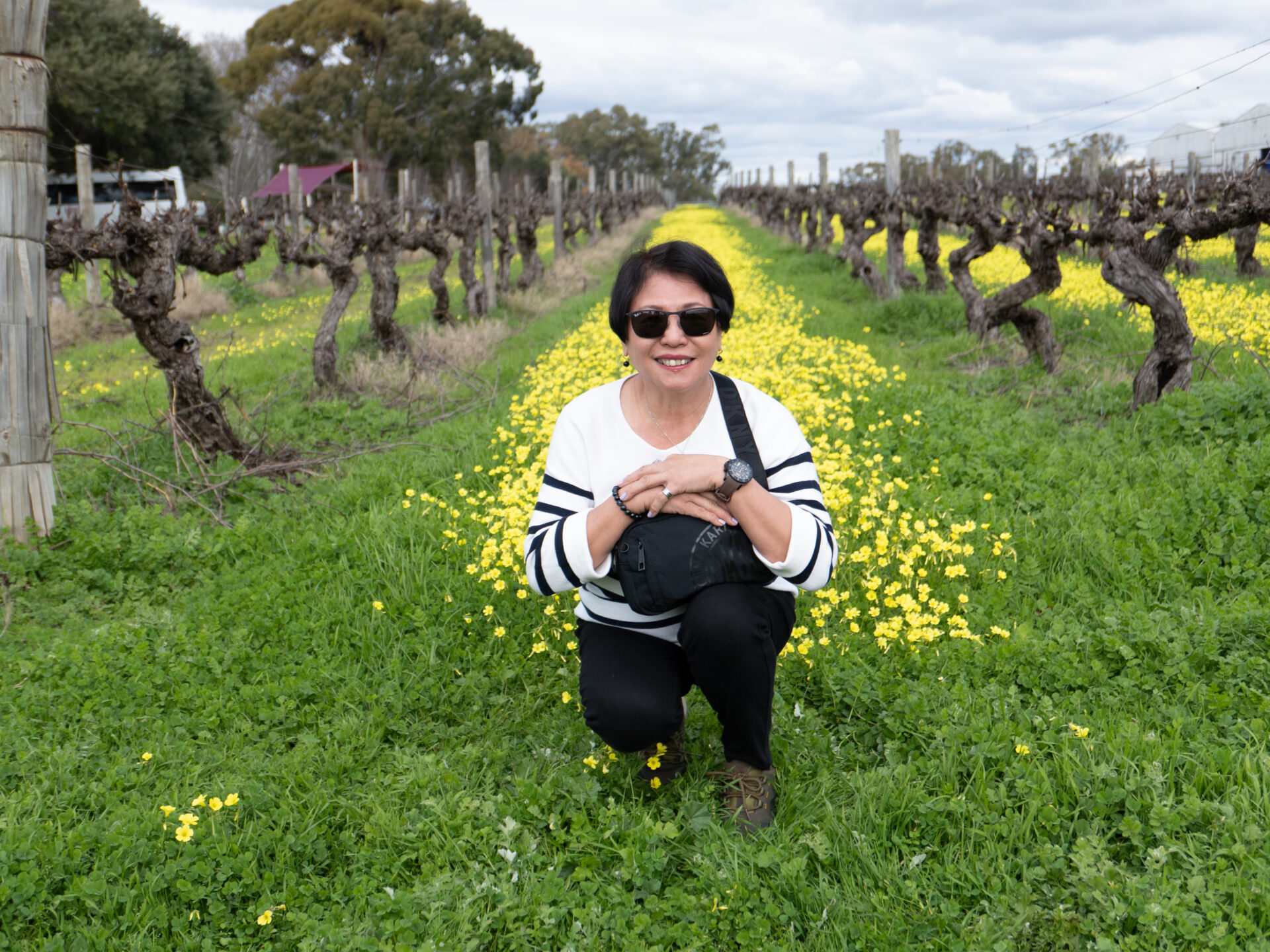

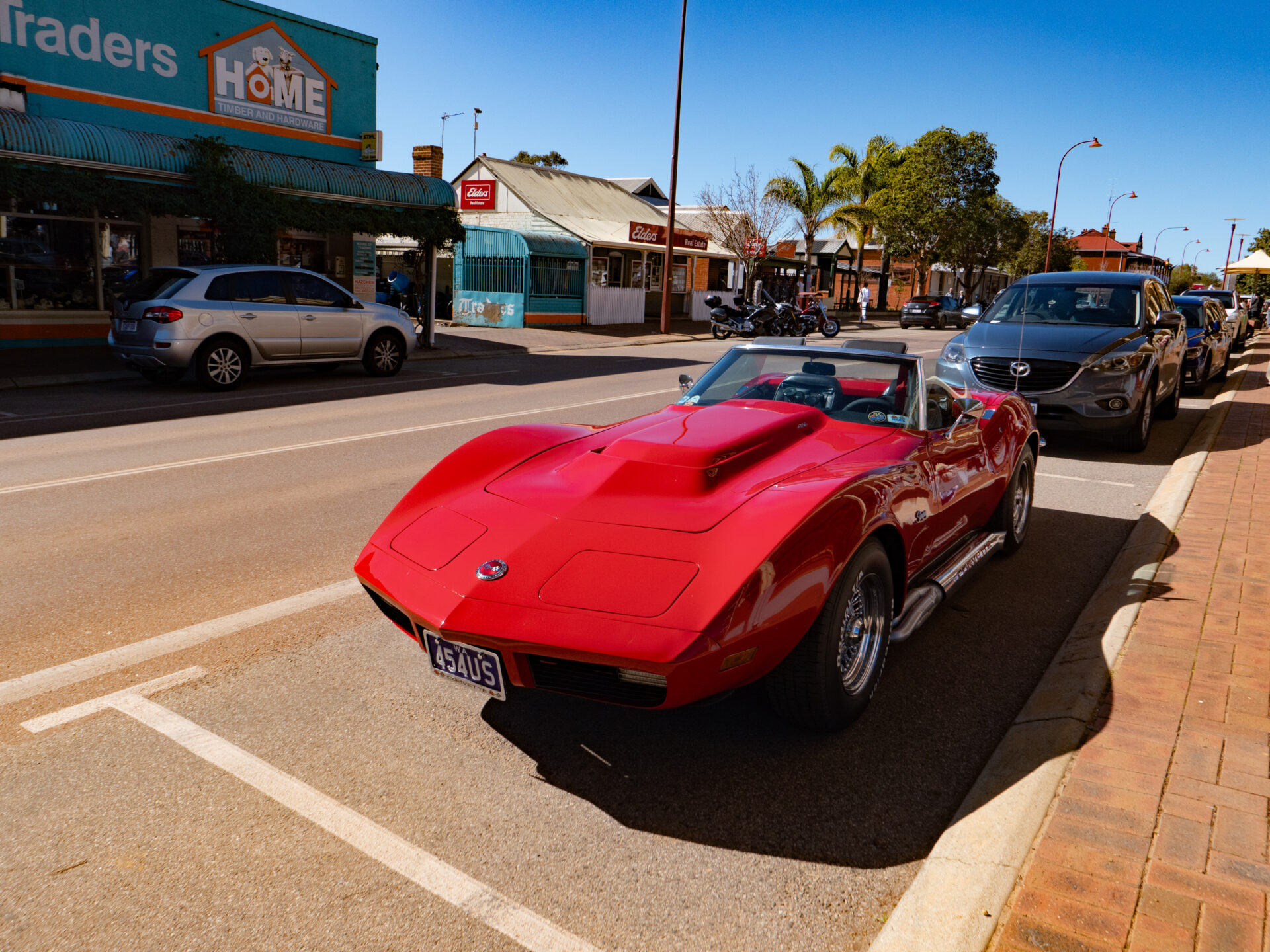
As you’d expect from a Leica camera, the images from the D-Lux 8’s Micro-Four-Thirds (MFT) 21.77-megapixel (17-megapixel effective) CMOS sensor are good. The colours are natural, and using vivid mode gives them the contrasty look that Leica is famous for.
Much of the credit goes to Leica’s DC Vario-Summilux 10.9-34mm, f1.7-2.8 lens, which has an effective reach of 24-75mm (full-frame equivalent). This lens is versatile enough to capture portraits, food, and landscapes. Yes, perfect for the next getaway.
Clearly, a compact camera has disadvantages. For one, the camera body does not have a grip like on a larger camera for you to hold it firmly.
To overcome, you can install your own thumb rest, or attach a finger grip, which is what I did during my tests. That put my mind at ease when shooting with the camera (though at extra cost).
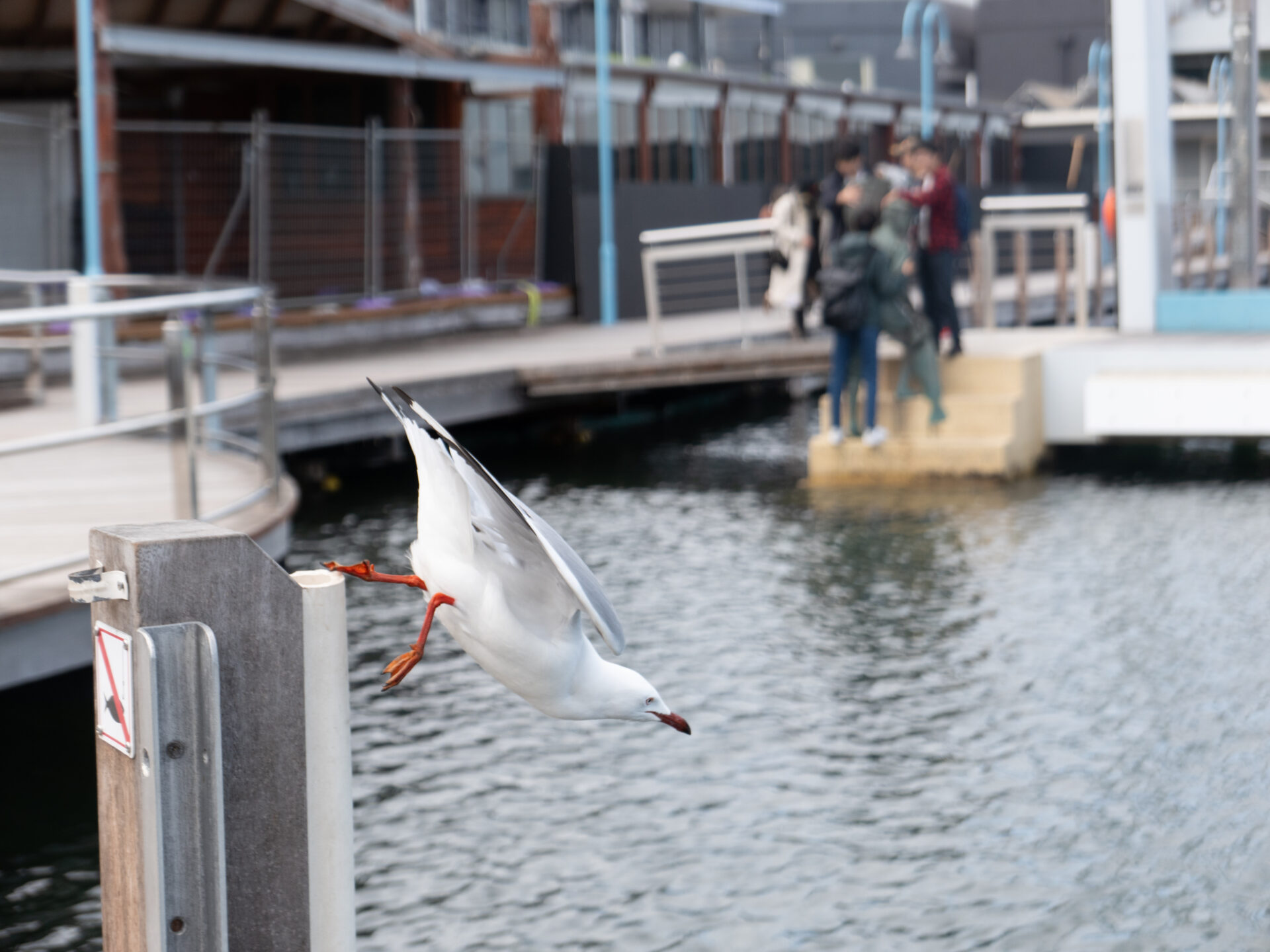
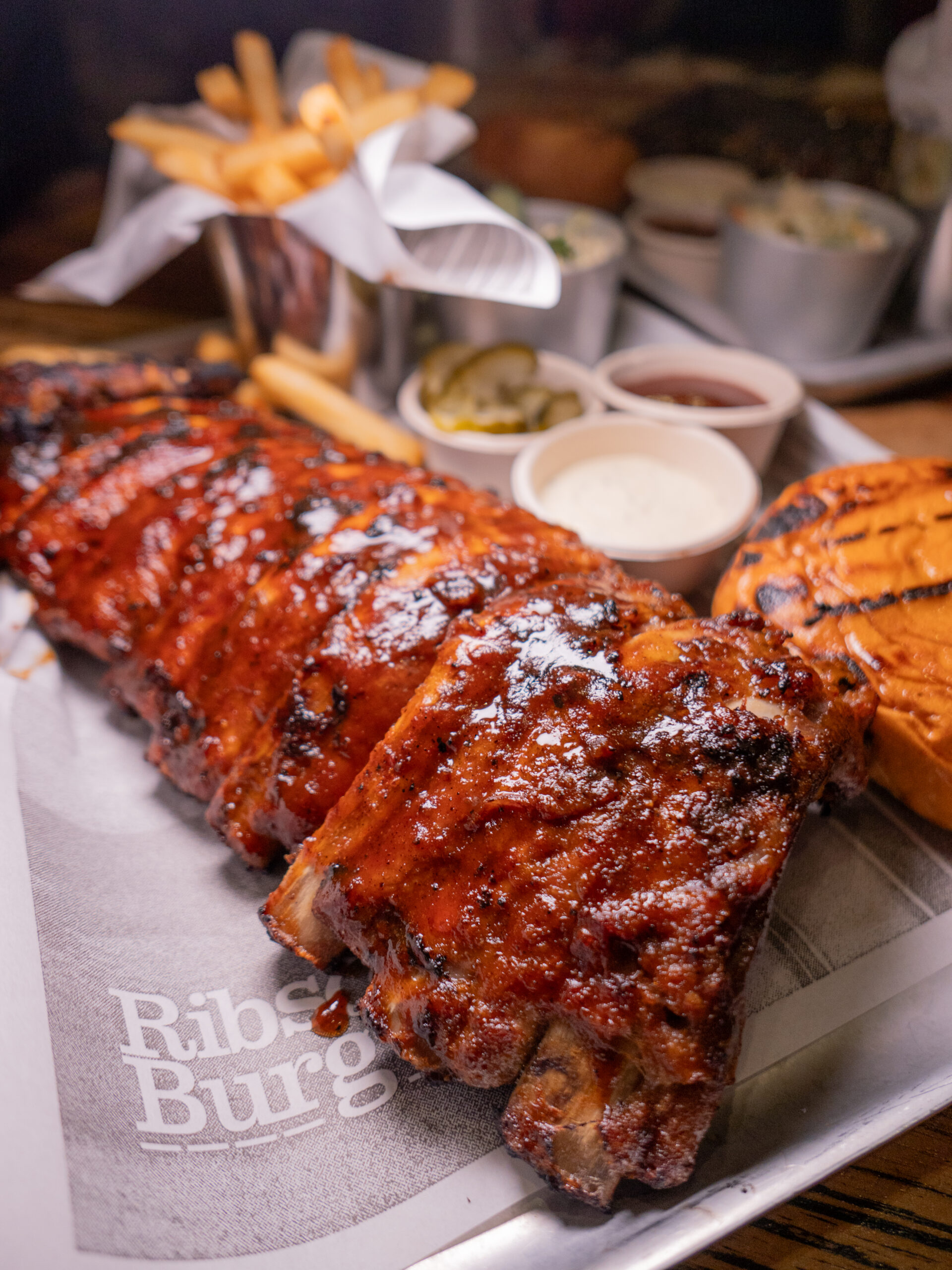

If you want a remote trigger to capture a shot, consider that the Leica camera uses a mobile app to do that. I usually prefer a wired shutter release so I don’t have to worry about the wireless connection.
That said, the Leica Fotos app is one of the best implementations of a camera-smartphone app. It hasn’t failed me so far, when it comes to connecting and transferring images and videos. For social media content creators, this is surely a boon.
Speaking of that, the D-Lux 8 does miss out on some features, though. Users who rely on the rear screen flipping forward for vlogging are out of luck, because the range of the screen is limited.
To compensate for the lack of a flip screen, Leica lets you use the camera’s micro-HDMI port to attach an external screen. But that’s less user-friendly.
Also, if you are used to some smartphone camera modes such as panorama or night modes, the D-Lux 8 does not have them. To shoot a wide shot, such as of a beautiful landscape, I have to take multiple shots and stitch them together using imaging apps such as Bimostitch and Lightroom.

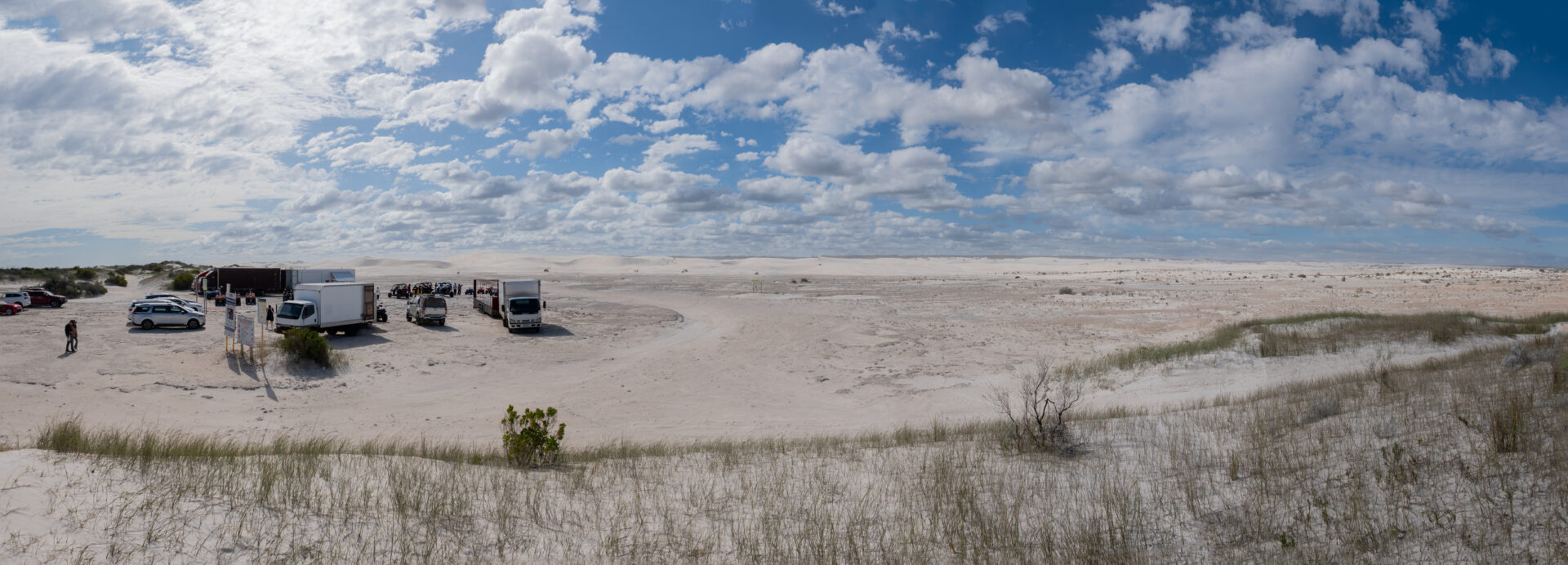
Leica’s asking price of S$2,450 may seem expensive, but compared to the Fujifilm X100VI’s S$2,499, the Leica compact camera makes it a more convincing buy. Although the X100 has a larger APS-C sensor, it does not come with a zoom lens.
A cheaper alternative to the Leica D-Lux 8 is the compact Sony RX100 VII at S$1,679. However, that camera has a much smaller 1-inch sensor and a 24-200mm equivalent lens with less versatility.
The D-Lux 8 main selling point is the renowned Leica image quality. For that, there is a premium to pay. Should you pay? Well, that depends on how much value you place on that image quality.
If you want a small package that takes up less space and weighs less than a large mirrorless or DSLR camera but still desire great ohotographs, the Leica D-Lux 8 will be a delightful camera to bring on your trips.





